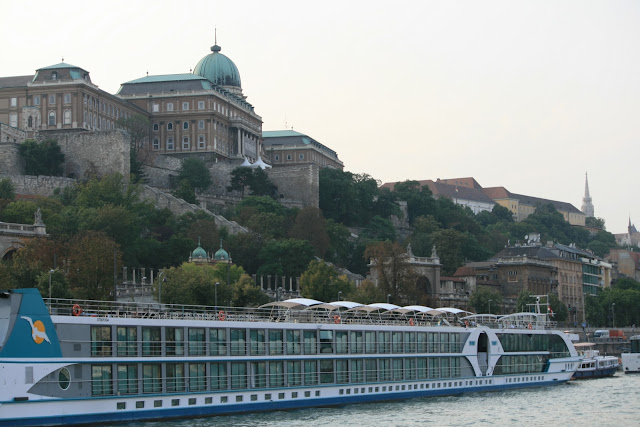More than two thousand years ago, this was the frontier city of Roman Empire in the Lower Pannonia region. Romans stayed in the west bank of River Danube. "Barbarians" were kept in the east of the river.
Hungarians do not take these Romans as their ancestors. Instead, they trace their roots to the Magyars who came from northeast and settled in Hungary in the ninth century.
 |
| (Leaders of the seven tribes in the Heroes Square) |
 |
| (Hungarian parliament building in the east bank of River Danube) |
 |
| (Bridge across the River Danube joining the former cities of Buda and Pest) |
 |
| (Hungarian Royal Palace overlooking the river cruises) |
King Stephen I who had unified the country in the 10th century was recognized as the first king of Hungary. He also led his country in conversion to Christianity. His right arm (the Holy Right) was kept in the St. Stephen's Basilica. There are organ concerts held in the basilica during summer .
 |
| (St. Stephen's Basilica) |
Budapest was not only the frontier city of the Roman Empire, it also stood between the Austrian and the Ottoman empires. In the fifteenth century, Budapest was under the rule of Ottoman Turks for about ninety years.
 |
| (Monument in the Hungarian Royal Palace commemorating the defeat of Turks) |
There is an interesting question for historians. Were Huns related to Hungarians? Huns, the horse riding nomads from central Asia, moved into eastern Europe in the fourth century. It was a general belief that Huns induced the eventual downfall of the Western Roman Empire. If you are interested in history, you can read more in Maenchen-Helfen, Otto. The world of the Huns: studies in their history and culture. London: University of California Press, 1973.
沒有留言:
張貼留言